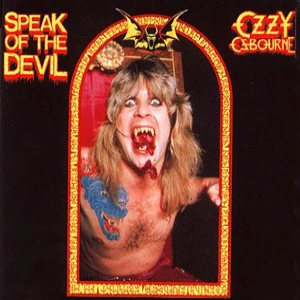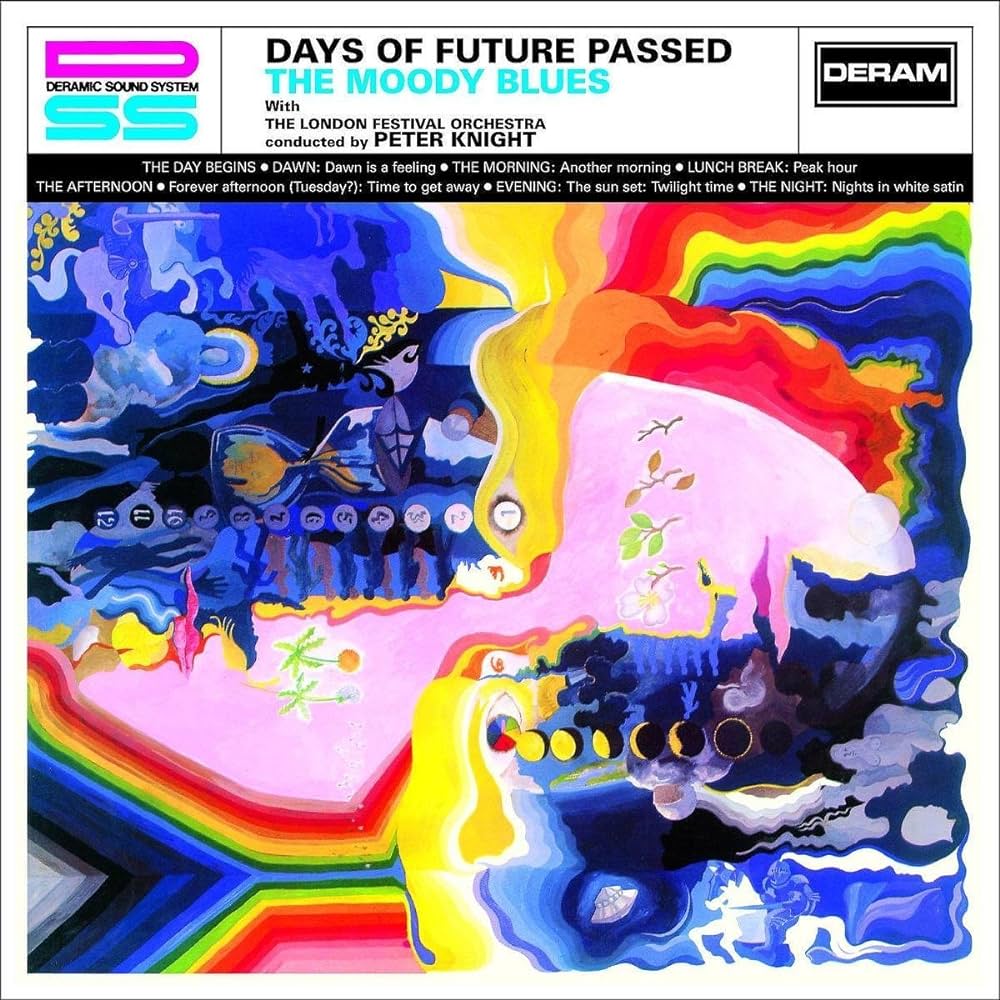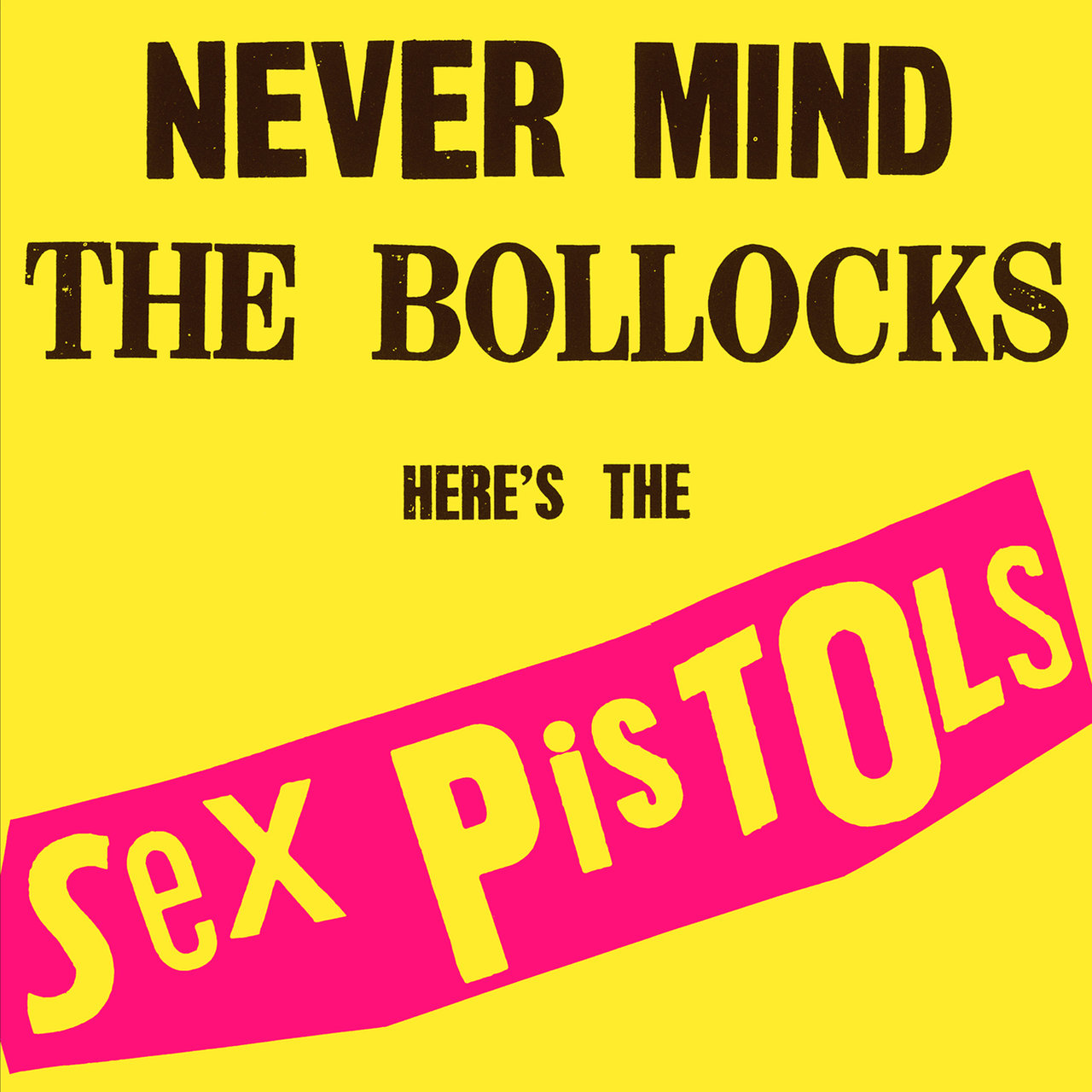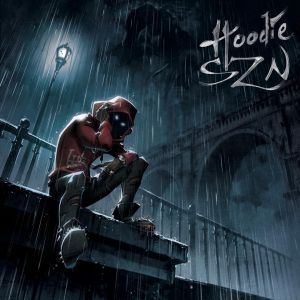Ozzy was in a bind. Randy Rhoads was dead; he had been killed in a tragic plane crash and left Ozzy without a guitar player. His future wife, Sharon Arden, would successfully convince Ozzy to immediately hire another guitar player and resume the Diary Of A Madman tour, rather than sink into depression that was headed for him. Besides, his record contract at the time required a live release of Black Sabbath songs; prior and surprised by the reaction, Rudy Sarzo and randy Rhoads were not happy with such an idea as playing old Black Sabbath songs; in the exclusive case with Rhoads, he had already established his reputation as a prominent guitar player in the hard rock/heavy metal world and was pleased with the results. Copying old tunes and playing them live, he felt, would discredit or even reduce his creativity as a guitar artist; Ozzy was furious at their decisions. Tragically, it would not see fruition anyways because Rhoads would die in a plane crash. It is speculated that this incident marked an unhealthy climax in Ozzy and Randy’s professional as well as personal relationship. Who knows? At any rate, Randy gave in and agreed to perform. The album was to be created in Toronto, in front of a live audience. It never happened.
To distance himself from Randy’s death, Ozzy immediately sought out a guitar player for his band; he recruited the Irishman Bernie Torme`. For various reasons, it would not last and Ozzy, through a series of methods, came across a young Brad Gillis, who was making a name for himself in the band Night Ranger. After some negotiating, Ozzy sent Brad a list of 17 or 18 Black Sabbath songs as well as the ones off of his solo albums and was required to learn all of them in just two days! It proved to be a challenge that Brad Gillis marvelously digested! Gillis displayed his remarkable ability not only to learn new material quickly, but to put his own signature on classic songs that fans would never cease praising. He virtuous guitar sound deeply resonated with old school Sabbath fans, but with a radiant twist. Gillis’ guitar method on this project is outrageously polished. His mammoth whammy bar pulling techniques were both surprising and exclusively exhilarating to students and pros alike; a thunderous rapture of chord progressions and delayed pedal effects orchestrated the heavy metal ambience into a plethora that selective members of the 80’s era had no invitations to pursue. It was all owned by Gillis. The entire performance is a fireworks display of an era that commanded showmanship as well as tricky and carefully vented guitar semantics that have now become extinct in modern pop as well as indie music. But it is not lost to the well-trained musician. Your ears cannot leave this album on a shelf without, in our modern and electronically correct world, conveying some small amount of praise in the form of a text or visual email; it’s just too important to the Jurassic period in Heavy Metal, whether the genre is a selection or not. Please be advised, this is the year 1982. Recording techniques, specifically live recordings, were not well presented; its primary attempt was to capture the artist at his present essence; consequently, the musicians were also awarded the same medals of performance, raw, unpolished, but cosmically original! In this example, Gillis enchantingly demonstrated that loudness and theatrics were splendid ingredients for crowds, instrumentation, costume, and stage design; these features would transcend live performances into realist posterity that is currently replete on Social Media platforms such as YouTube, Pinterest and Twitter and Instagram.
One might even entertain the contention that this live enterprise was an experimental undertaking by Ozzy himself; after all, his heart was never in this, and it still became the musical adventure of a lifetime. It also aided in forming the tentacle dynamics of sought after musicians, giving them the deserved opportunity to conglomerate with other artists in an era when solo performances were strictly considered dishonorable acts of rebellion, replete with mockery anecdotes of slivered and deceitful expeditions, albeit painstakingly attractive for adolescent teens and young adults. Speak Of The Devil marks a paramount movement in the music industry itself; to usher in an age of diversely inquisitive musicianship, and methodically rampaging emergence of showmanship and exaggerated acoustics. It worked. All the Black Sabbath tunes Gillis performs are reborn into his own image. His guitar breathes electric life back into them. A new pulse and surge of emotion is swirling above the audience in witness. While Ozzy’s vocals are a bit overdubbed and the drums and bass a bit muddy, this is the stuff live recordings are continued to be made of. This is the choice of an experiment gone excellent. It remains one of the better live albums from the 1980’s ever recorded; it also remains one of the most underrated of Ozzy’s list of consummations. (I wonder if Brad Gillis still listens?)

© 2024, Mark Grago. All rights reserved.




